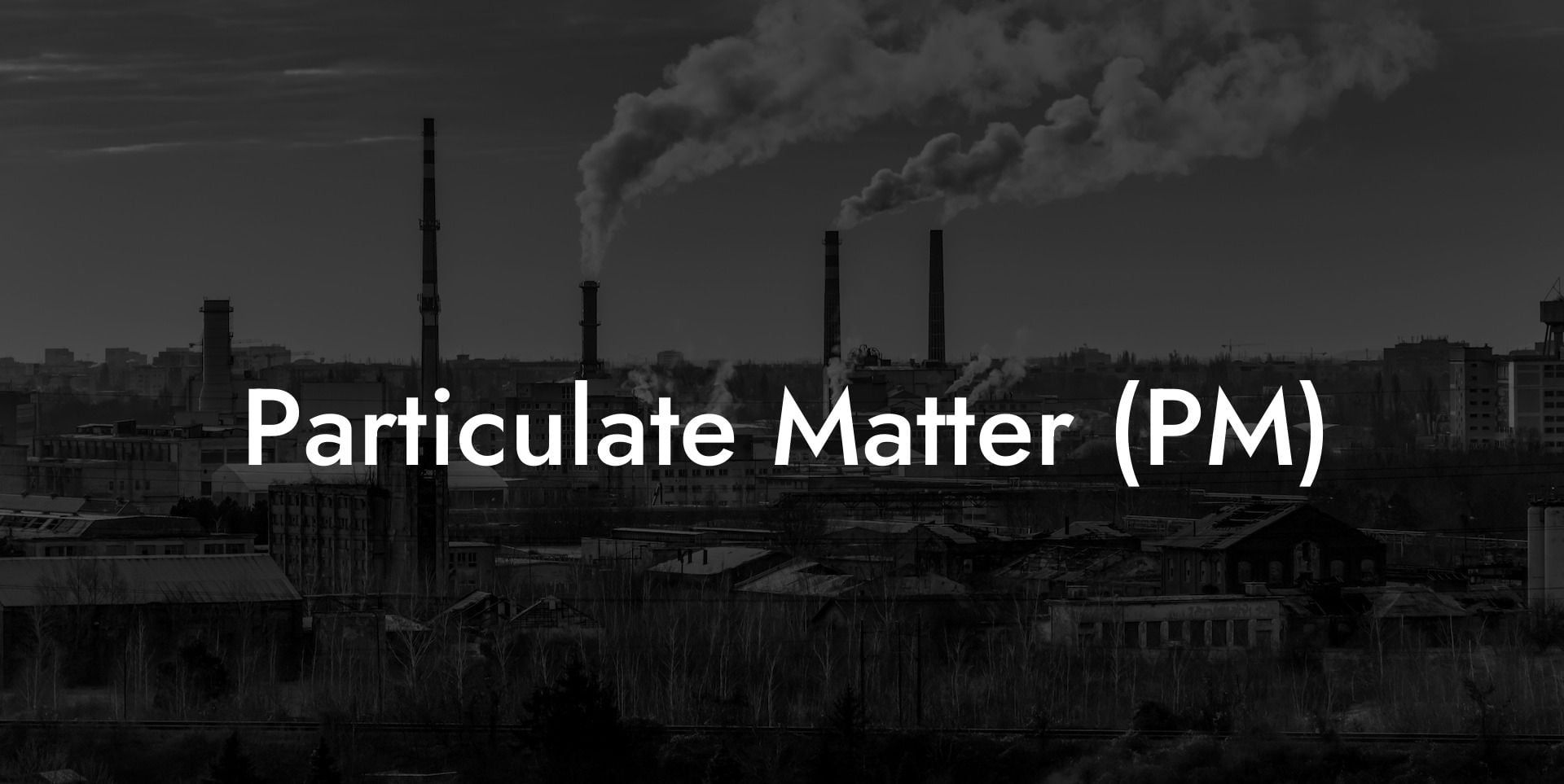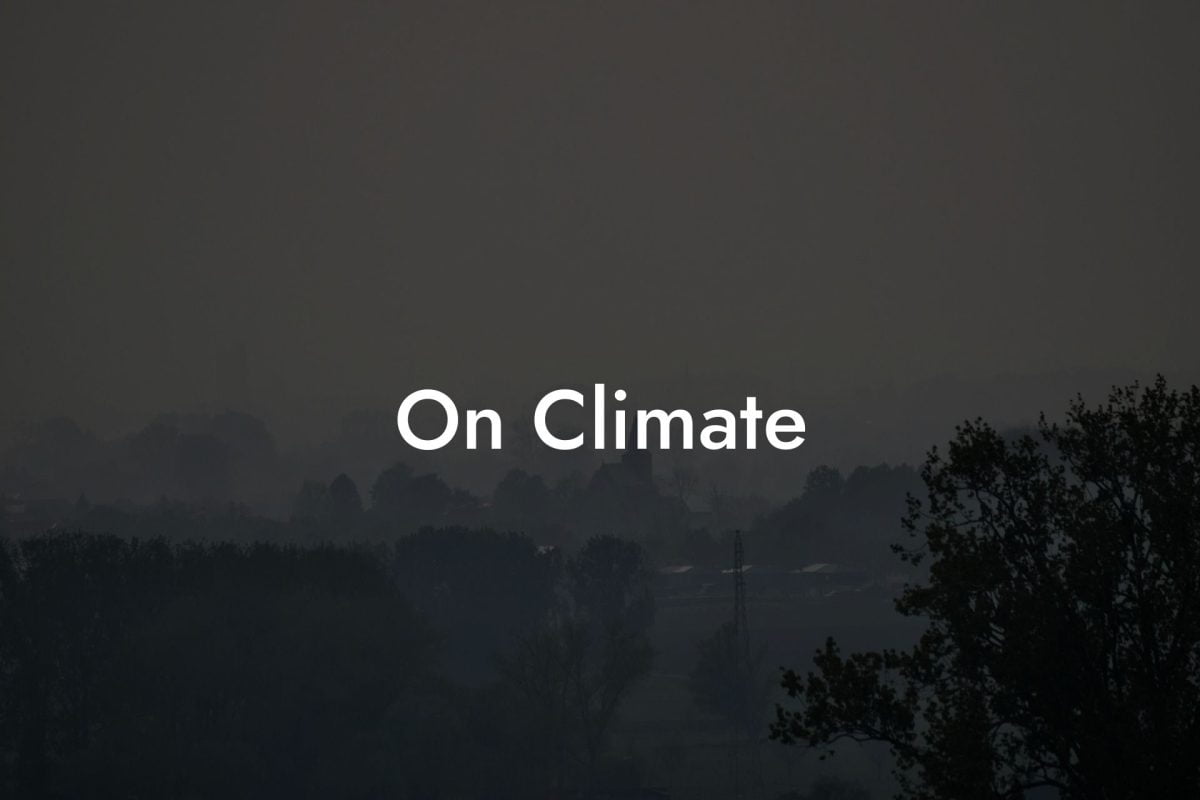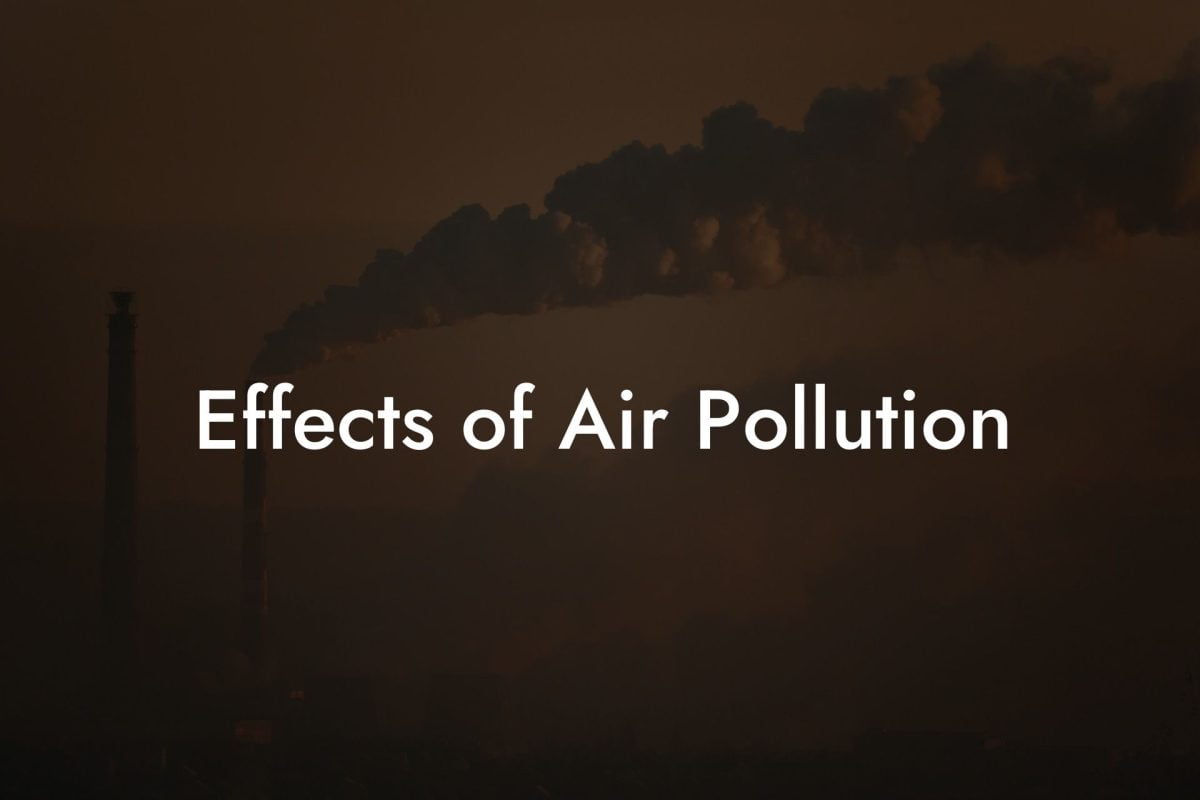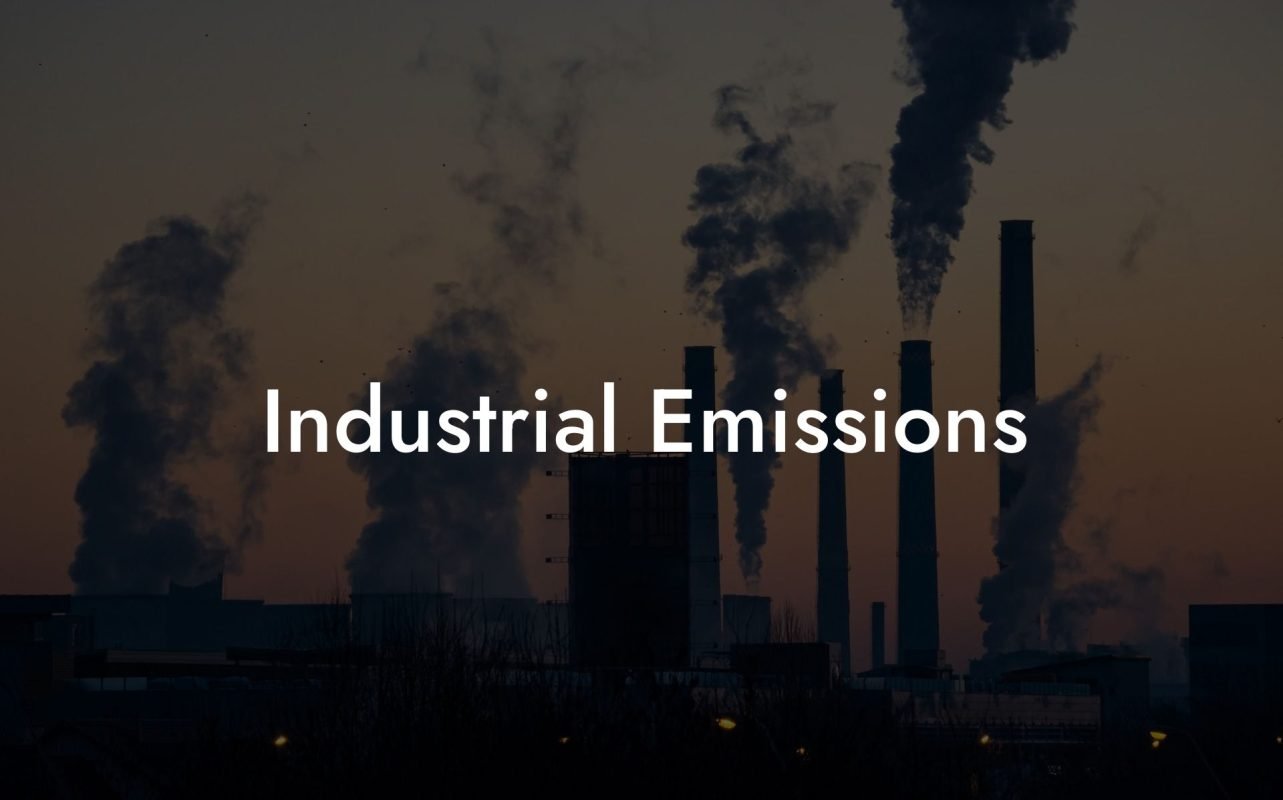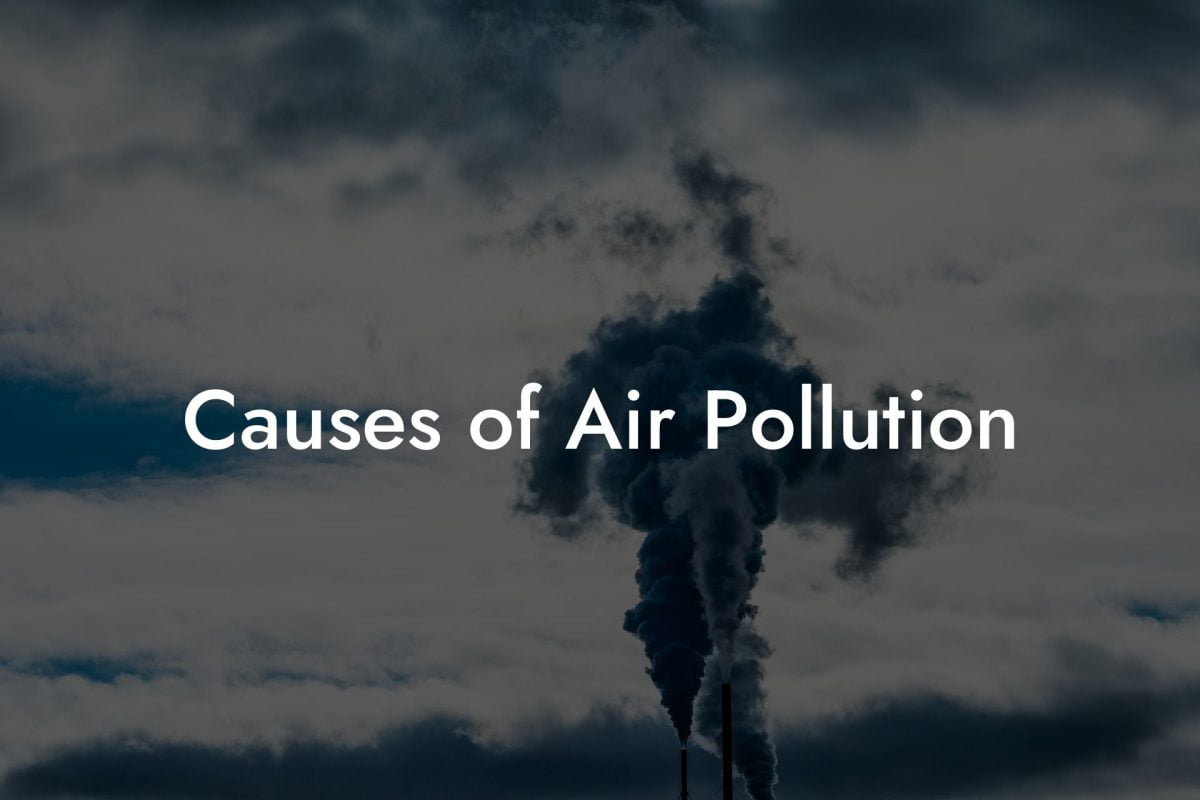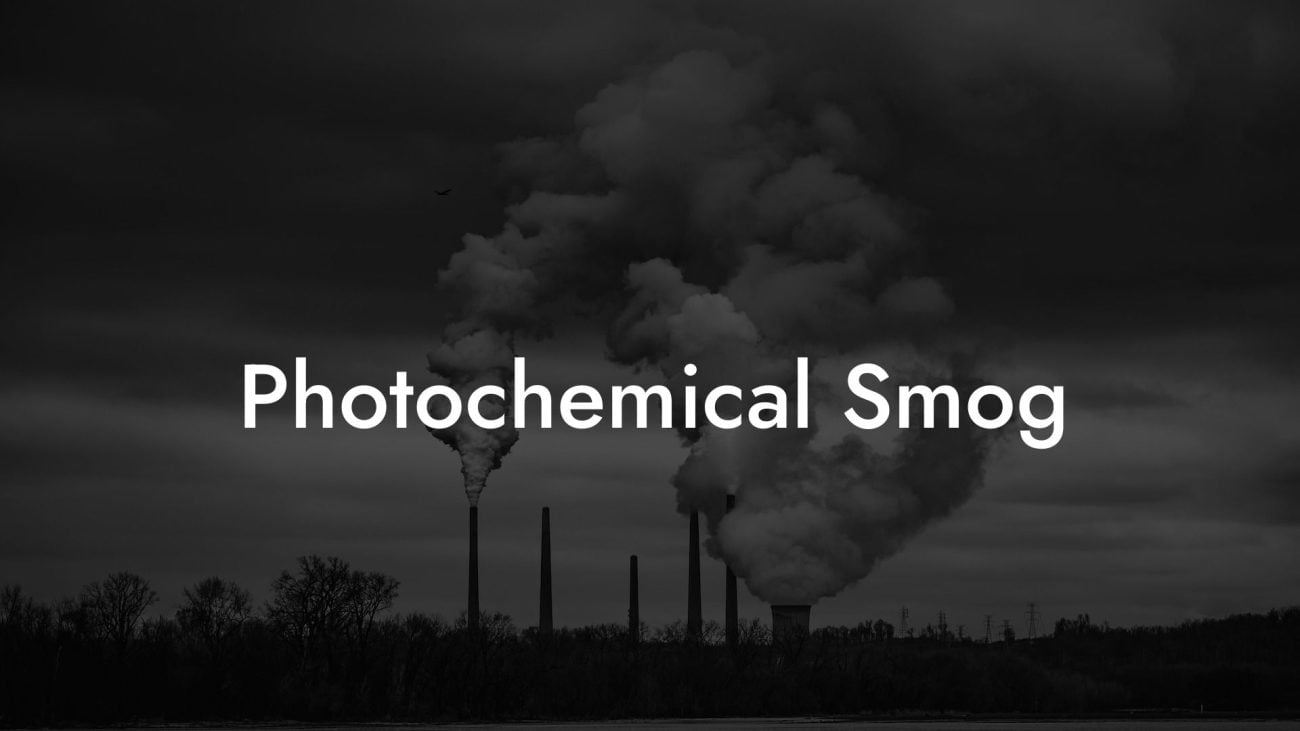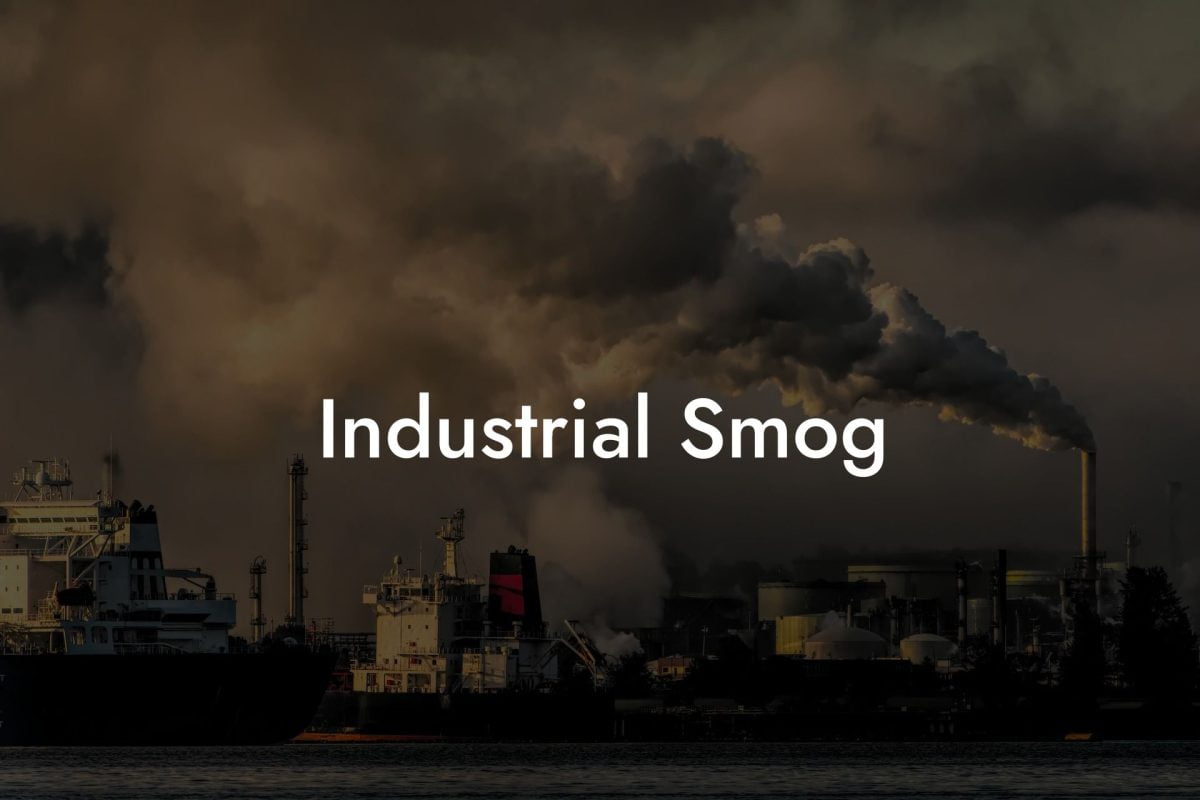Introduction to Particulate Matter
Particulate matter (PM) is a complex mixture of extremely small particles and liquid droplets suspended in the air. It's one of the most significant pollutants affecting air quality and human health in urban environments.
What is Particulate Matter?
PM comprises various components, including acids (such as nitrates and sulfates), organic chemicals, metals, soil or dust particles, and allergens. Its composition varies with location, season, and weather conditions.
Categories of Particulate Matter
Sources and Risks: These particles, with diameters of 10 micrometers or smaller, are often stirred up by vehicles on roads, crushing or grinding operations, and dust from fields. Inhalation of these particles can affect the heart and lungs and exacerbate respiratory conditions.
Composition and Health Effects: PM2.5 particles are finer, with diameters of 2.5 micrometers or smaller. They can originate from vehicle emissions, power plants, and residential wood burning. These particles pose more severe health risks as they can penetrate deep into the lungs and even enter the bloodstream.
How PM Affects Human Health
Respiratory and Cardiovascular Issues
PM exposure can lead to a range of health problems, including aggravated asthma, decreased lung function, and increased respiratory symptoms. Long-term exposure increases the risk of heart and lung diseases and can shorten life expectancy.
Vulnerable Groups
Children, the elderly, and those with pre-existing heart or lung diseases are particularly susceptible to the effects of PM.
PM and the Environment
Visibility Impairment
PM can reduce visibility (haze) significantly, affecting both urban and natural environments aesthetically.
Damage to Wildlife and Habitats
These particles also affect plants and animals, disrupting delicate ecosystems.
Monitoring and Regulation of PM
Various international and national standards exist to regulate PM levels, aiming to protect public health and the environment.
The Role of Monitoring
Continuous monitoring of PM levels helps assess risks and implement control strategies.
Reducing PM Emissions
Governmental Measures
Regulations on industrial emissions, vehicle standards, and promotion of renewable energy sources are crucial in controlling PM levels.
Individual Actions
Using public transport, reducing energy consumption, and avoiding the use of wood stoves and fireplaces can contribute to lowering PM emissions.
PM and Climate Change
The Role of PM in Global Warming
Certain components of PM, like black carbon, contribute to climate change by absorbing sunlight and heating the atmosphere.
Comprehensive Data on PM
UK Air Pollution offers an extensive database of particulate matter data for all locations and postcodes across the UK. Our platform provides up-to-date information on PM levels, helping individuals, researchers, and policymakers make informed decisions.
Why Choose UK Air Pollution?
Our engaging and informative approach to presenting air pollution data makes understanding PM's complexities accessible to everyone. Whether for research, product development, or personal knowledge, UK Air Pollution is the ultimate source for all your PM-related queries.
Enhance Your Understanding and Actions
Join us at UK Air Pollution in our commitment to a cleaner, healthier UK. Utilize our database for in-depth insights into particulate matter, aiding your projects, services, and research in the realm of air quality.
Frequently Asked Questions
What Is Particulate Matter (PM)?
Particulate Matter, or PM, refers to a mixture of solid particles and liquid droplets found in the air. Some particles, like dust, dirt, soot, or smoke, are visible, while others are so small they can only be detected using an electron microscope.
What Are the Main Types of Particulate Matter?
The most common types of PM are PM10 (particles with a diameter of 10 micrometers or smaller) and PM2.5 (particles with a diameter of 2.5 micrometers or smaller). PM2.5, often referred to as fine particles, pose greater health risks.
How Is Particulate Matter Measured?
Particulate matter is measured using air quality monitoring stations that collect air samples. The concentration of PM is then reported in micrograms per cubic meter (µg/m³).
What Are the Major Sources of Particulate Matter?
Major sources include vehicle emissions, industrial processes, construction sites, residential wood burning, agricultural activities, and natural sources like wildfires and volcanic eruptions.
How Does Particulate Matter Affect Human Health?
PM can penetrate deep into the lungs and even enter the bloodstream, causing respiratory, cardiovascular, and neurological health issues. It's particularly harmful to people with pre-existing health conditions, the elderly, and children.
Can Particulate Matter Cause Long-Term Health Issues?
Yes, long-term exposure to high levels of particulate matter can lead to chronic respiratory diseases, heart disease, lung cancer, and can reduce life expectancy.
How Does PM2.5 Differ from PM10 in Terms of Health Effects?
PM2.5 particles are smaller and can penetrate deeper into the lungs and more readily enter the bloodstream, potentially causing more severe health impacts than PM10, which are larger and usually trapped in the nose or throat.
Are There Any Safe Levels of Particulate Matter?
The World Health Organization (WHO) has set guideline levels for particulate matter, but no level of exposure can be considered completely safe. The lower the concentration of PM, the lower the risk to health.
How Can I Protect Myself from Particulate Matter?
To reduce exposure, monitor air quality indexes, stay indoors with windows closed during high pollution days, use air purifiers, and wear masks designed to filter particulates when outdoors.
What Impact Does Particulate Matter Have on Children?
Children are more vulnerable to particulate matter because their lungs are still developing. Exposure can result in reduced lung function, development of asthma, and other respiratory issues.
How Does Particulate Matter Affect the Environment?
Particulate matter can harm the environment by damaging forests, lakes, and crops. It can also affect the habitats of wildlife and decrease visibility, leading to aesthetic and ecological impacts.
Can Indoor Air Be Polluted with Particulate Matter?
Yes, indoor air can contain particulate matter from sources like smoking, cooking, fireplaces, and certain types of heating. Ventilation and air purification can help reduce indoor PM levels.
What Role Do Weather Conditions Play in PM Concentration?
Weather conditions significantly affect PM concentrations. Rain can help settle particles, while high winds can stir up dust and increase levels. Temperature inversions can trap pollutants close to the ground.
How Does Particulate Matter Contribute to Climate Change?
Some particles, especially black carbon, absorb sunlight and heat the atmosphere, contributing to climate change. They also
can alter cloud formation and precipitation patterns, impacting local and global climates.
What Are the Economic Costs of Particulate Matter Pollution?
The economic costs include healthcare expenses due to PM-related health issues, lost labor productivity, and damage to ecosystems and agriculture. These costs can be substantial, especially in areas with high pollution levels.
How Can We Reduce Particulate Matter Emissions?
Reduction strategies include using cleaner fuels and energy sources, implementing emission controls on vehicles and industrial plants, promoting public transportation, and adopting sustainable agricultural practices.
What Is the Role of Governments in Controlling Particulate Matter?
Governments play a crucial role by setting and enforcing air quality standards, funding research on air pollution and health, and investing in pollution control technologies and infrastructure.
How Do Volcanic Eruptions Contribute to Particulate Matter?
Volcanic eruptions release large amounts of particulate matter into the atmosphere, including ash and volcanic gases. These particles can travel long distances and affect air quality and climate.
Is There a Connection Between Particulate Matter and Allergies?
Yes, exposure to particulate matter can exacerbate allergies by irritating the airways and weakening the immune response, making individuals more susceptible to allergens.
Can Wearing Masks Help Protect Against Particulate Matter?
Wearing masks, especially those designed to filter out fine particles like N95 respirators, can be effective in reducing inhalation of particulate matter, especially in high pollution settings.
How Do Natural Events Like Wildfires Affect PM Levels?
Wildfires significantly increase PM levels, especially PM2.5, due to the burning of wood and vegetation. This can lead to severe air quality issues in areas downwind of the fires.
What Innovations Are Helping to Monitor and Reduce PM Pollution?
Technological innovations like satellite monitoring, portable air quality sensors, and advances in forecasting models are helping in better monitoring and predicting PM pollution levels.
Can Vegetation and Urban Green Spaces Reduce PM Levels?
Yes, vegetation and urban green spaces can help reduce particulate matter levels by trapping and absorbing pollutants on their surfaces and through the process of photosynthesis.
How Does Particulate Matter Affect Visibility?
High levels of particulate matter can scatter and absorb sunlight, reducing visibility. This phenomenon is often observed as haze, especially in urban areas.
What Is the Difference Between Anthropogenic and Natural PM?
Anthropogenic PM is generated by human activities like industrial processes, vehicle emissions, and burning fossil fuels. Natural PM comes from sources like dust storms, wildfires, and volcanic eruptions.
How Are Global Initiatives Addressing PM Pollution?
Global initiatives include setting international air quality standards, promoting clean energy transitions, and encouraging cooperation and data sharing between countries to tackle cross-border pollution issues.
What Can Individuals Do to Help Reduce PM Pollution?
Individuals can help by using public transport, cycling, walking, reducing energy use at home, avoiding burning wood or trash, and supporting policies and initiatives aimed at reducing air pollution.


